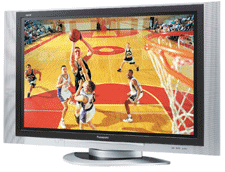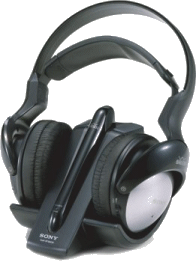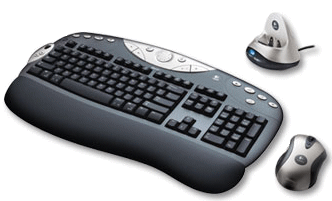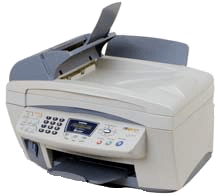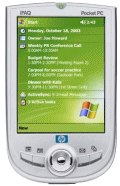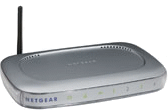 We did a little room reorganization last weekend that ended up moving my home office to a different room. Not a problem, since I run a wireless network, but I had to move my Brother MFC3820CN multi-function machine into the new office as well, away from router which it had been directly cabled to.
We did a little room reorganization last weekend that ended up moving my home office to a different room. Not a problem, since I run a wireless network, but I had to move my Brother MFC3820CN multi-function machine into the new office as well, away from router which it had been directly cabled to.
Enter the Netgear WGE101 wireless ethernet bridge. It was a little tricky to set up (it took me a while to figure out that when you plug a device into the ethernet jack, the bridge effectively disappears from the network and just the connected device is available, which didn’t quite work with my wireless security setup at first), but it’s working fine now. I can print and scan on the Brother unit wirelessly.
